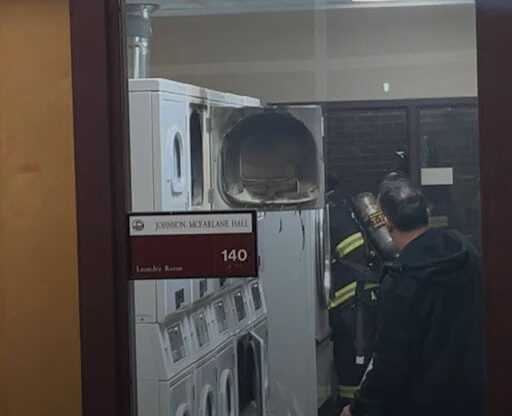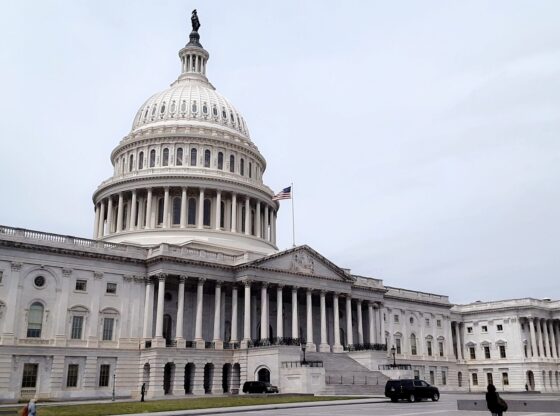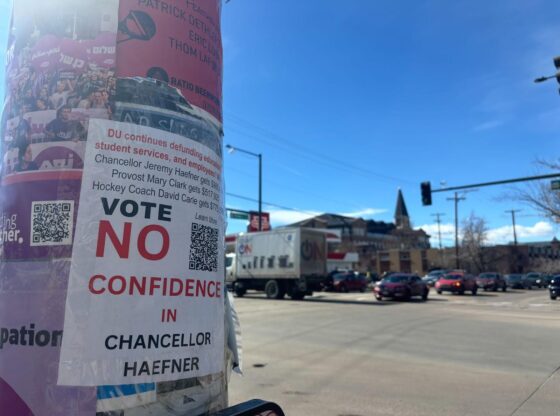The United States recently faced one of the consistently most controversial and difficult times for the nation: congressional voting. Specifically, the nation watched in awe as the vote for the Speaker of the House of Representatives went into not one, not two, but 14 overtimes. It was not until Jan. 7, on the 15th vote, that Republican Kevin McCarthy of California was elected as the new speaker.
Directly preceding his election, however, in between the 14th and 15th votes, tensions in the House flared in a second event unprecedented in recent American political times. Republican Mike Rogers had to be physically restrained from what appeared to be the beginnings of an aggravated assault on fellow Republican Matt Gaetz after Gaetz refused to vote for McCarthy. Gaetz’s refusal to vote for McCarthy may have stemmed from McCarthy’s criticisms of former President Donald Trump’s handling of the raid on the Capitol building.
To truly understand how shocking these events are, it should be noted that the last time the House went into even a single ‘overtime’ to elect the speaker was almost precisely a century ago in 1923. There were only nine ballots cast, whereas a momentous 15 ballots were needed for McCarthy.
It should come as no surprise to anybody paying attention to America’s political landscape that the parties are growing more polarized. Megan Brenan, a Senior Research Consultant at Gallup, has claimed that since the turn of the century, and after the “rally-to-the-flag” effect of 9/11 faded, partisan polarization has been increasing on the majority of issues. With this mass polarization, it’s unsurprising that the American political parties are growing large and broad enough that their members are beginning to quarrel with each other.
Historically, physical conflicts in Congress can be located in one specific time period: the 1850s and 1860s, or the Civil War era. However, during that time period, the physical confrontations were not borne from within the same parties but between the two opposing parties over the major issue of the time, slavery. Party polarization was inevitable, with confrontations such as those between Preston Brooks and Charles Sumner occurring throughout the war.
Does this indicate that America is witnessing its democracy fail? Not necessarily, according to representative Jim Jordan. His claims are substantiated by the idea that the Founding Fathers intended real debate to occur on the floor, and that such a raw display can bring out powerful emotions from the involved members, in turn creating more pure–albeit messy–democracy.
However, when Democratic House Leader Hakeem Jeffries passed the gavel to Kevin McCarthy and went onto a prolix speech, a speech that praised the Democratic party and Nancy Pelosi while claiming the shift in the House from Democrat to Republican symbolized “…a shift from a year of accomplishment to a year of ambiguity,” it’s hard not to see the similarities between the polarization of the past and what is brewing in the present.











